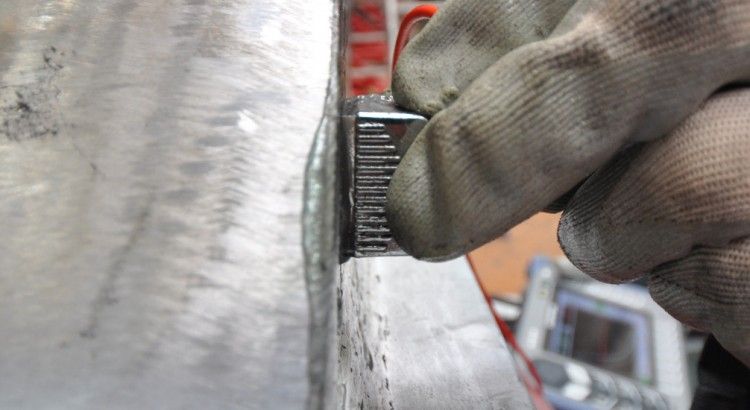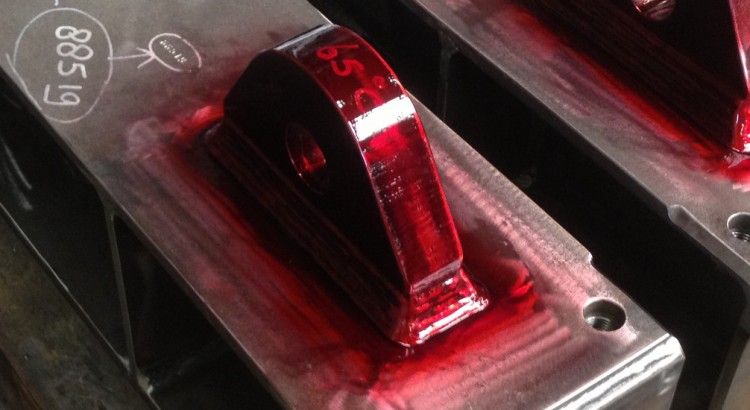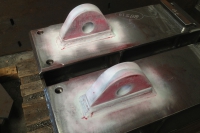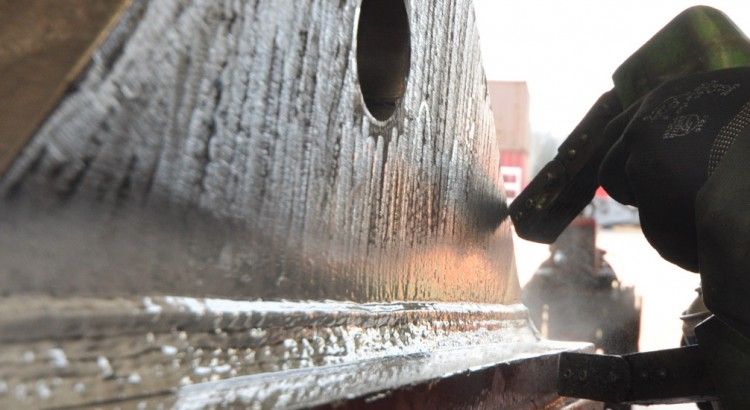This is an inspection method which allows for flaw detection within the volume of a material. Using this technique you can “look” inside a weld, so to speak.
The technique is based on the induction of high frequency ultrasonic energy into the material to be tested. The amount of reflected energy caused by a (sub)surface defect is then compared to the applied acceptance criteria. Ultrasonic examination is not limited to weld inspection. It can also be used for thickness measurement,
inspection of castings, forgings and corrosion detection in structures on both on and offshore.






